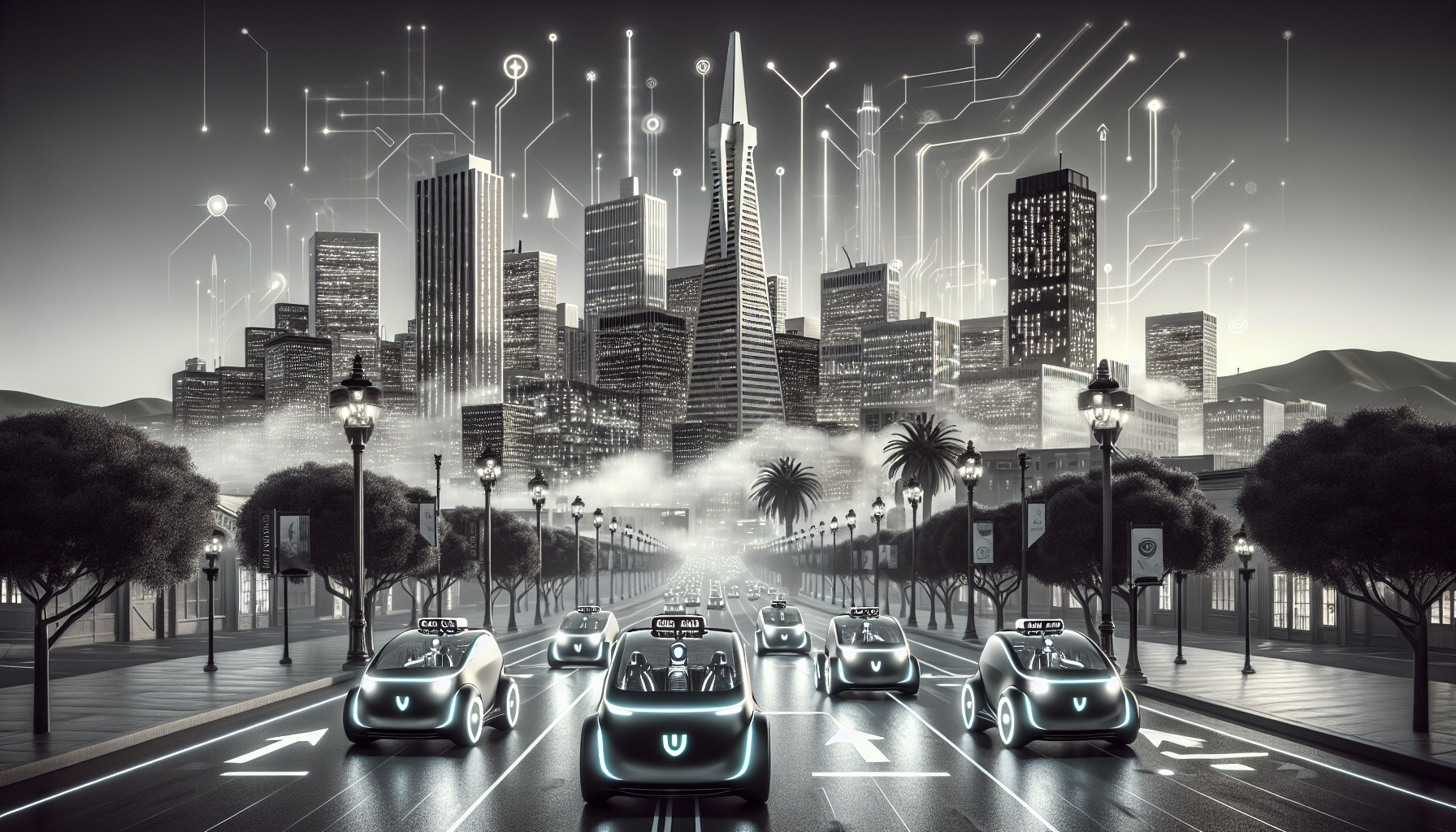San Francisco Becomes the Epicenter of AI-Driven Mobility
What happens when 500 new self-driving cars hit the streets of one of America's most congested cities? Waymo, Alphabet's autonomous vehicle arm, is betting it's the future of urban transportation. This week, the company announced a major expansion of its robotaxi fleet in San Francisco, bringing the total to over 2,000 AI-powered vehicles. It's a bold move that could reshape how the city moves-or spark new debates about safety, congestion, and control.
Why San Francisco, and Why Now?
Waymo's decision to scale up in San Francisco isn't random. The city's dense traffic, unpredictable pedestrians, and narrow streets make it one of the most complex environments for autonomous vehicles. For Waymo, that's exactly the point. "San Francisco's unique challenges make it the perfect proving ground for our technology," said co-CEO Dmitri Dolgov.
The new vehicles are equipped with Waymo's fifth-generation autonomous driving system. This includes upgraded LIDAR, radar, and high-resolution cameras, all powered by advanced machine learning algorithms. According to internal testing, the system improves object detection by 15 percent and reduces false positives by 20 percent compared to the previous version. These aren't just incremental upgrades-they're critical for navigating a city where a cyclist can appear from behind a parked car in an instant.
From Pilot to Powerhouse
Waymo's expansion comes on the heels of a major milestone: over 1 million paid autonomous rides in 2025. That figure puts it ahead of rivals like Cruise and Tesla in the commercial robotaxi race. The company now provides more than 250,000 paid trips each week across select U.S. cities, with San Francisco leading the charge.
But this isn't just about numbers. It's about momentum. Waymo's growing fleet signals a shift from pilot programs to full-scale operations. And with plans to double the fleet again by mid-2026, the company is clearly playing the long game.
Not Everyone Is on Board
Despite the technological promise, the expansion has sparked concern among some residents and advocacy groups. The San Francisco Bicycle Coalition and other local organizations worry about the impact on road safety and traffic flow. A 2024 study from UC Berkeley found that autonomous vehicles were involved in 12 percent more minor collisions per mile than human-driven cars in urban settings.
Waymo disputes those findings, citing its own data showing a 50 percent reduction in injury-causing crashes compared to human drivers. The truth likely lies somewhere in between. While AVs may be better at avoiding serious accidents, they can still struggle with the unpredictability of real-world driving-especially in a city like San Francisco.
Economic Boost or Urban Headache?
City officials, however, are largely supportive. Mayor Daniel Lurie called the expansion "a step toward a greener, safer future," noting that it could create up to 300 new jobs in vehicle maintenance and operations. There's also hope that robotaxis could reduce the need for personal car ownership, easing parking demand and lowering emissions.
Business leaders see potential too. With San Francisco still recovering from pandemic-era economic shifts, a high-tech mobility boom could inject new energy into the local economy. And for a city that prides itself on innovation, being at the forefront of autonomous transportation is a badge of honor.
The Competitive Landscape
Waymo's move is also a strategic response to growing competition. Tesla is expected to release a major Full Self-Driving update in 2026, and Nvidia-whose chips power many AV systems-recently reported a 69 percent revenue surge, driven in part by demand from the autonomous vehicle sector.
With only 1,500 robotaxis currently operating nationwide, Waymo's scale-up is significant. Analysts project the autonomous driving market will grow from $12 billion in 2024 to $65 billion by 2030. That's a lot of road to cover, and Waymo is racing to stay ahead.
What Comes Next?
As more AI-powered vehicles hit the streets, the real test will be public trust. Can Waymo convince residents that its cars are not just safe, but safer than human drivers? Can it navigate the regulatory and ethical challenges that come with putting machines in charge of mobility?
For now, San Francisco is the stage. The city's hills, fog, and frenetic pace will push Waymo's technology to its limits. And every ride, every turn, every unexpected pedestrian will help train the AI that could one day drive us all.
In a city known for disruption, the quiet hum of a driverless car might just be the sound of the future arriving early.
